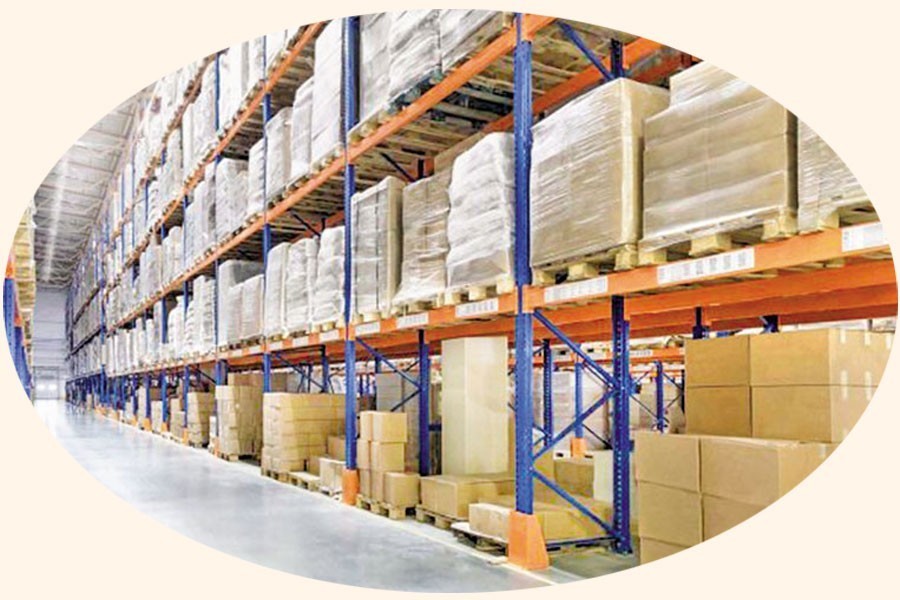Starting more than four years back, the project to automate the bonded warehousing facility seems to have picked up steam. To go by the FE report published in its Monday issue, the government is going to introduce the provision of digitalising the bonded warehouse management in the next Finance Act. To this end, the National Board of Revenue (NBR) is considering submitting a proposal to incorporate a new section in the existing Customs Act-1969 during the upcoming budget (2022-23). A high-powered committee of the revenue authority, which was constituted in March this year, is learnt to have been carrying out the job.
A regulatory framework to run the bonded warehouse digitally as envisaged will definitely provide its management the needed legal cover. There is no doubt that giving digitalisation of bonded warehouse's management a legal shape will remove any barrier to modernising its operation as well as plugging any loophole in the system. While appreciating the government's move to empower the project legally, one would also like to know how far the essential technical part of the project, particularly, procurement and installation of the electronic hardware and software, that is, developing its Information Technology (IT)-related infrastructure has progressed. In fact, years have passed since the automation programme was launched with the objective of bringing transparency in custom bond management system, reducing time and cost of doing business and minimising misuse of the duty-free imports under the bonded warehouse facility. Also, once put online, the bond management system would be able to do bond licensing and taxation-related work expeditiously. Initially, it was assumed that the project could be implemented by the end of 2018. Later, the deadline for project execution was extended to June 30, 2021. Finally, as reported, it has been set for completion by June 30, 2023.
As things stand, it goes without saying that, so far, the project has not been able to make headway as expected. The pandemic, of course, has been an obvious drag on the pace of work, not to mention other bottlenecks within the system coming in the way. Hopefully, by now, the relevant authorities, the NBR, in particular, have been able to get rid of the factors retarding the progress of the bond automation programme. It may be recalled at this point that apart from checking misuse, the basic purpose of the move to digitalise bond management was to ensure that the main beneficiaries of the facility, the hundred per cent export-reoriented industries, including the exporters of our flagship product, the Readymade Garment (RMG), become more competitive in the global market. For a more efficient and productive export sector means more income from external trade.
Now with fast-widening trade deficit, as the country is spending more on its imports than it is earning from external trade and inward remittance, the need for ramping up the share of the income from export cannot be overemphasised. And that is more so when the highly volatile world market is pushing up import costs by leaps and bounds. Against this backdrop, spurring the export further is, admittedly, an existential issue for the economy. And so is the drive to automate bonded warehouse management. It is believed, being alive to the urgency of the task, the authorities concerned would fast-track the bond automation work, particularly, develop the project's IT-infrastructure.


